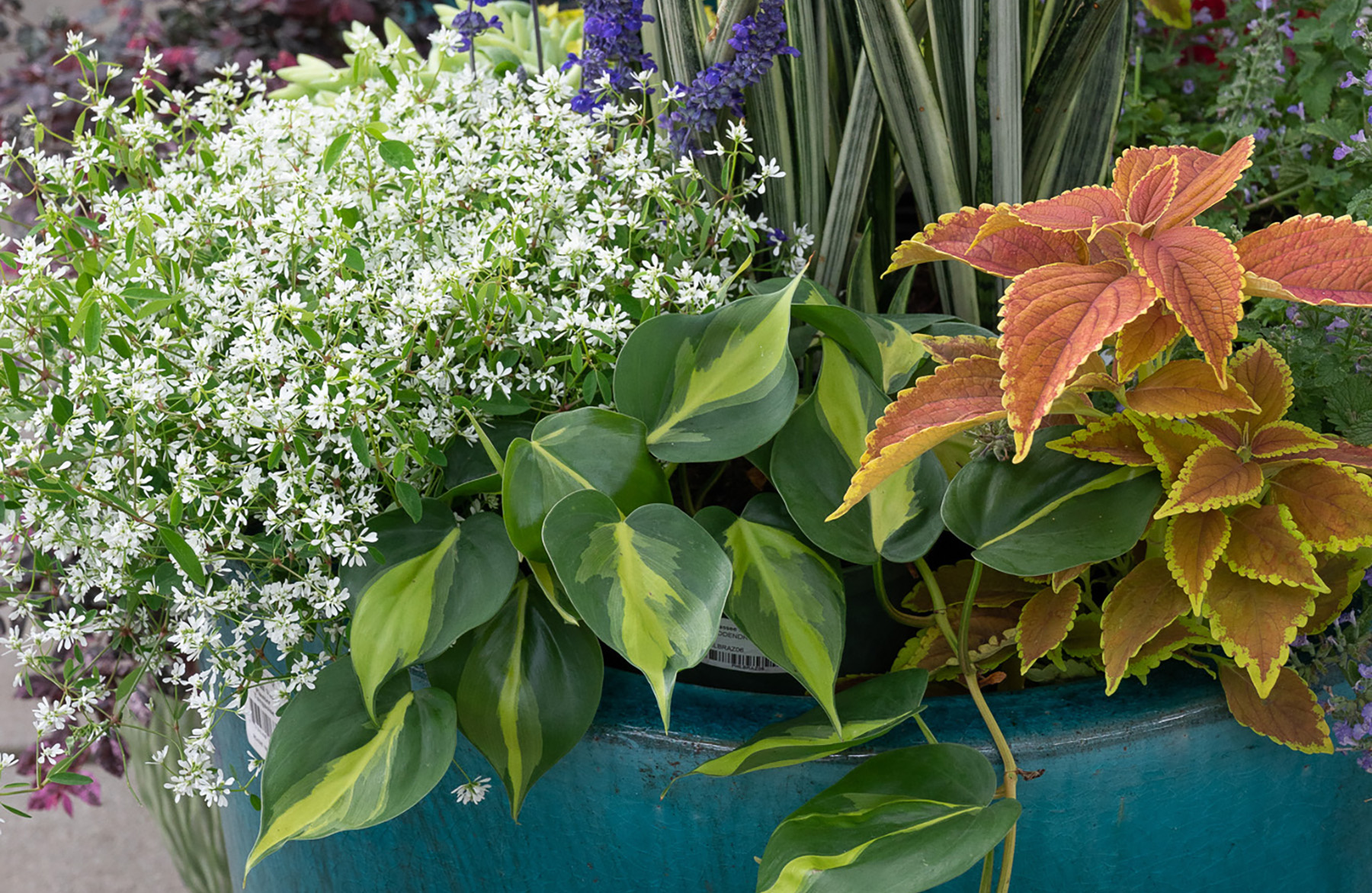
The Easiest Container Garden Method
A container garden is a great way to bring the beauty of live plants to your outdoor space while adding drama to your garden without the care and maintenance required of flower beds. Containers are super easy to change seasonally, and they add balance and color to foundation plantings. We’ll discuss how to select plants for your containers and get the design you desire using a method called Thriller-Filler-Spiller. The Thriller-Filler-Spiller formula of design is a method for creating pots like a pro!
Thriller, Filler, Spiller
Thriller, Filler, Spiller is an easy rhyme designed to help you choose plants for your container garden masterpieces:
- Thrillers are plants that add height and texture. These elements set the tone for the remaining plants.
- Fillers do exactly that – they fill the middle space of the container with mounds of color and texture.
- Spillers are plants that drape over the edge of the container, drawing the eye downward.
Ideal Thriller Plants
Caladium leaves offer height and a bold shape, with the bonus of pink, burgundy and green color schemes. You can buy caladium plants for your container designs or start from bulbs earlier in the year.
Cordyline, or ti plant, is doubly thrilling, with burgundy or chartreuse foliage sometimes edged in pink. The narrow-leaved cordylines are commonly called spikes.
Dipladenia and mandevilla make stunning thrillers. Glossy leaves add season-spanning interest, and the bright tropical bursts of blooms on twining stems are always a treat. Both can handle the heat, as well as a little bit of drought. You may need to add a small trellis to these climbers!
Lemon Cypress, conifers, small shrubs and trees can all be used as thrillers in containers. You may use palms, but keep in mind most are tropical and will need to be moved to the indoors in freezing temps.
Ornamental grasses are a natural thriller in containers and their blades move gracefully with a breeze. Purple fountain grass is a popular warm-weather choice, and many dwarf varieties are perfect for container gardens.
Hydrangeas make a beautiful focal point with their gorgeous color and full blooms. Dwarf varieties make a great choice for containers.
Dianella Coolvista is a lovely ornamental perennial that features eye-catching, blue-gray foliage with small blue and yellow flowers in the spring. A specimen plant all on its own or mixed into containers and flower beds, this makes a unique upright thriller element.
If your container will be visible from all sides, place your Thriller in the middle. Planting in a container near a wall and only visible on three sides? Place your Thriller in the back of the container.
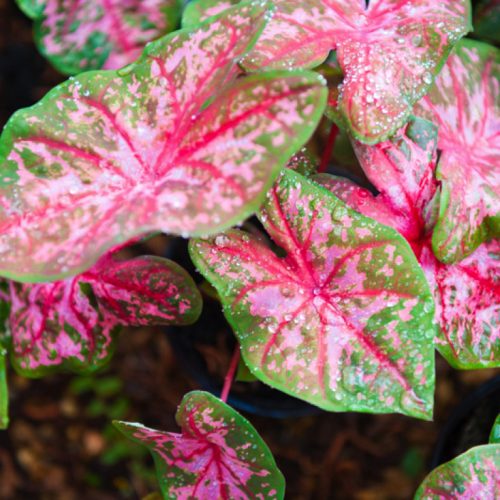
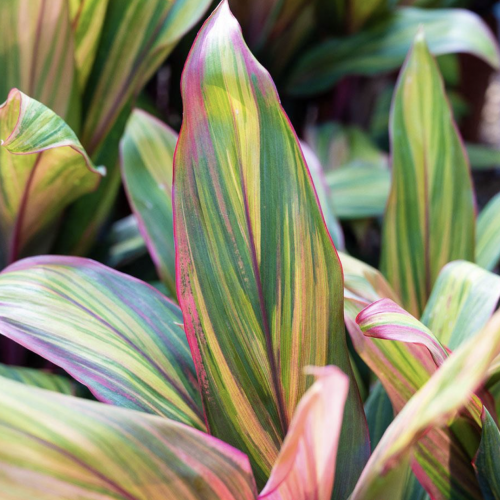
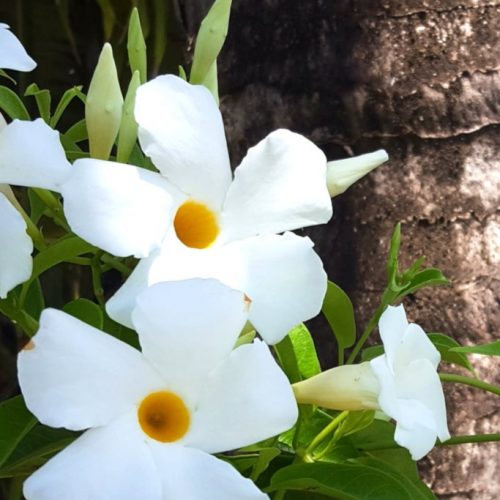
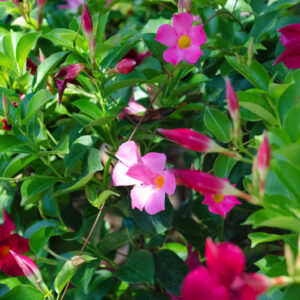
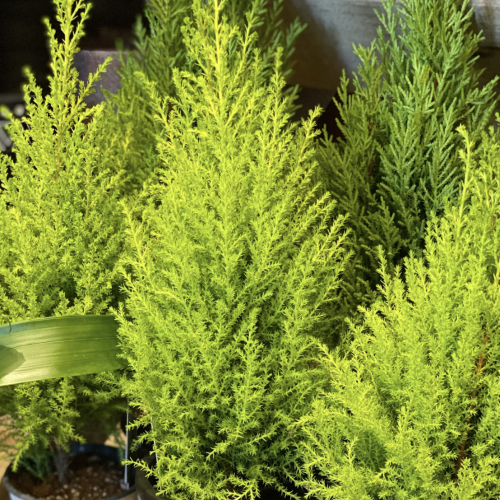
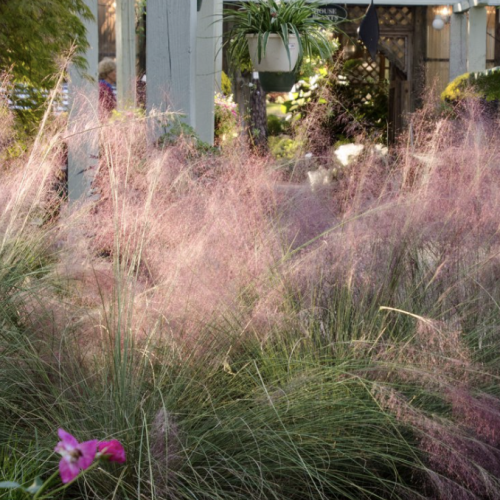
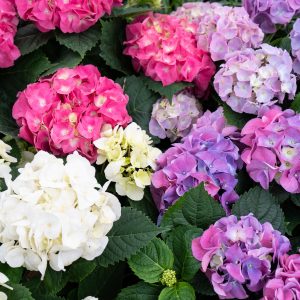
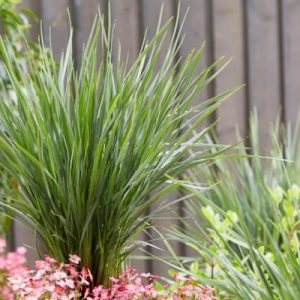
Ideal Filler Plants
Filler plants pack the middle space with texture and color while adding a mounded, full look to your container garden. Your Filler will go between the Thriller and the edge of the pot. Be certain to leave space for your Spiller! Annuals are natural Fillers, and come in a range of colors that will brighten any display. Don’t forget those edibles! Parsley, thyme, rosemary and oregano plants can absolutely be used as accents in containers. In fact, growing kitchen herbs in large container gardens just outside your kitchen door can provide you with fresh herbs all year long!
Plant coleus to bring a saturated pop of color and velvety foliage to your container. Some varieties include peach, chartreuse, burgundy and pink tones.
Impatiens bloom from early spring through the first hard frost, and do well in shade. If your container will be in full sun, look for Sunpatiens that can handle the heat.
Sun-loving petunias are vigorous growers with a natural mounding habit. This colorful and versatile performer can be a filler or spiller in a container. These babies are the perfect filler for container gardens.
For spring and fall containers, pansies and violas lend their blues, purples, yellows and reds to container color schemes. If your container design goes into summer, you will want to replace these with something that can stand the heat of summer.
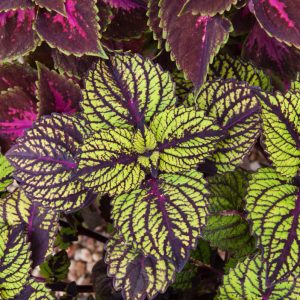
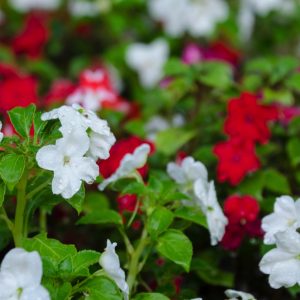
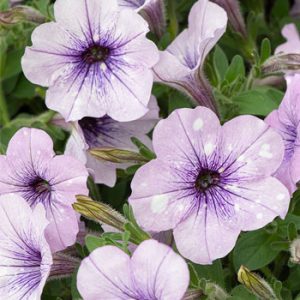
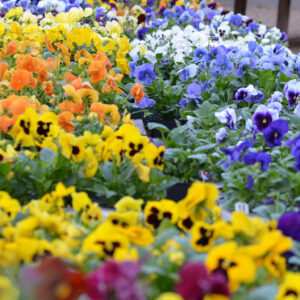
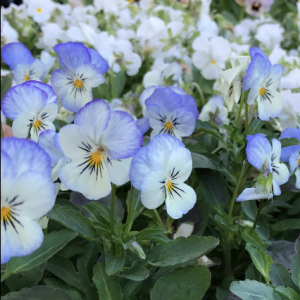
Ideal Spiller Plants
More than the other two elements of a well-designed mixed container, the Spiller gives a lush look to your finished planter. This element makes even a seasonal container look like it’s been growing for years. Cascading groundcovers are typical choices for Spillers, and put on quite a show with shots of chartreuse, burgundy and variegated foliage.
Creeping Jenny spills trails of chartreuse when you tuck it into the rim of a container. It’s a tough perennial, thriving from zones 2 to 10. If it survives the winter, trim it back in spring to enjoy another season of color.
Sweet potato vines grow from tubers that produce a heat-loving cascade of heart-shaped leaves in lime green (Margarita) or purple (Sweet Caroline).
Petunias and their mini counterpart, calibrachoa, are versatile performers. They are able to fill in a display or cascade over the edges. These staples come in a huge variety of colors.
Lobelia is one of the true blues, and a must-have for spring containers. These versatile, sturdy plants can also act as a Filler in the mounded form.
Silverfalls Dichondra feature small, fan-shaped, silvery leaves that cascade elegantly over the side of containers. Dichondra is low maintenance, and doesn’t mind some neglect.
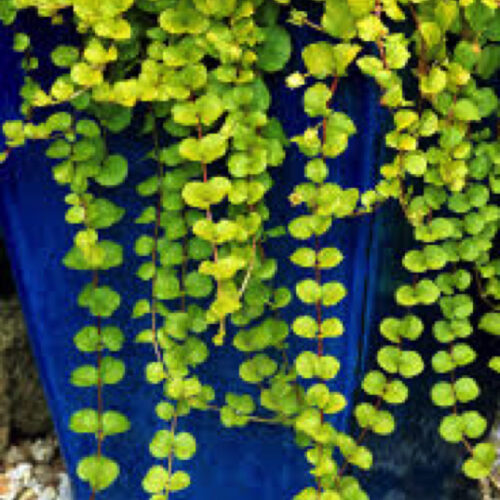
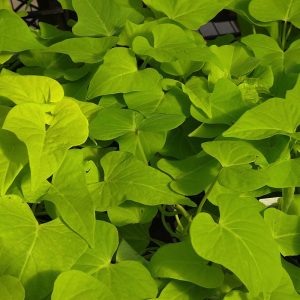
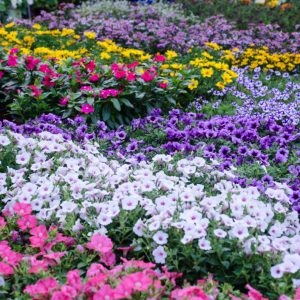
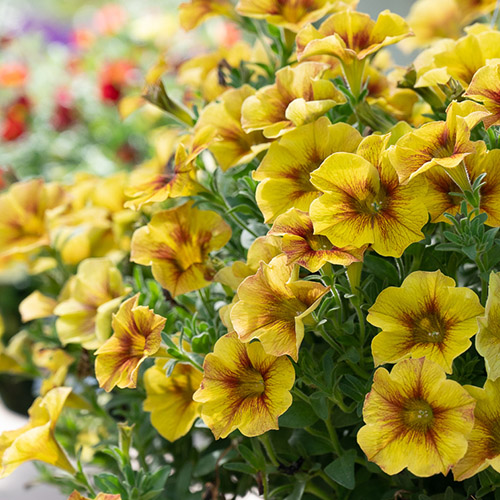
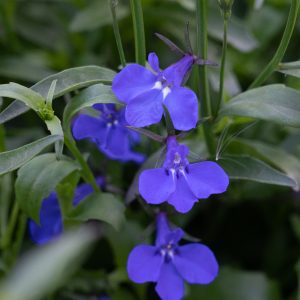
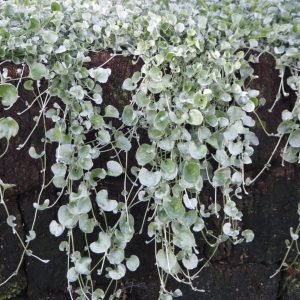
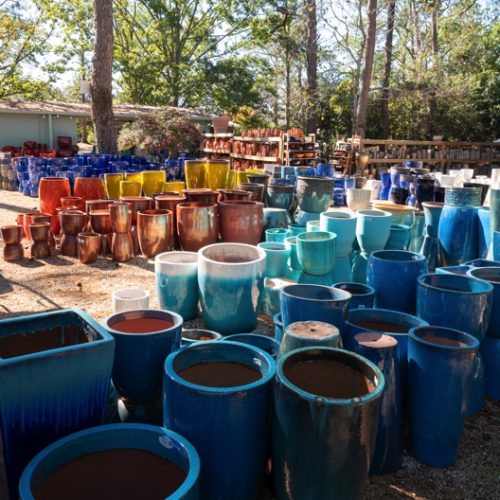
Choosing Your Container
No matter your yard, patio or porch, containers bring out the beauty of your plants.
This choice is made easy once you know a few tricks.
- You’ve probably purchased a few beautiful pots at local stores, only to find your plants die very quickly. Often, these beauties are missing the most important element when choosing a container: adequate drainage. Without a hole for water and airflow, the plants will get soggy and the roots will rot. Containers can be made of concrete, lightweight composite materials, terra cotta clay or glazed pottery.
- Bigger is usually better when it comes to containers. You can fit more soil and more plants in a larger container, and increase the visual impact of the container. Larger containers won’t dry out as quickly, too. Keep in mind that the bigger they are, the heavier the containers will be; and they may need to be put in place before you plant them.
- Use good-quality, moisture-retentive, well-draining potting mix, like our TN Mix, in your containers. You can also elect to use organic Nutricote for extended fertilization.
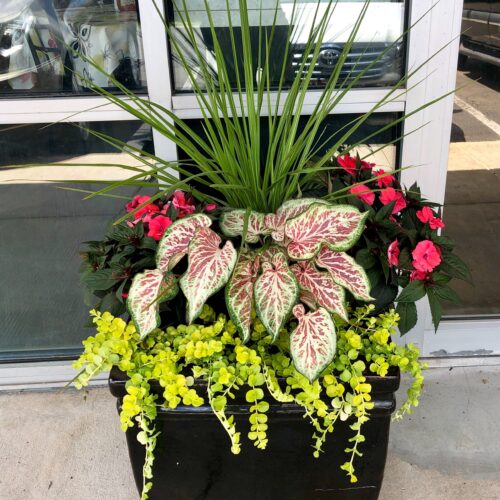
Caring For Your Container Garden
- Regularly feed with an organic fertilizer with a product such as Nutricote. All that watering means nutrients can wash out of the pot while using a slow release that will keep your plants from starving.
- Frequent watering is necessary to keep plants happy. In the heat of summer, most containers will need water every day if it doesn’t rain.
- Some plants like it dry. Ornamental grasses, succulents (including sedums), daylilies, geraniums, zinnias and marigolds like hot and dry conditions. Herbs like rosemary, oregano, sage and thyme can also take the heat.
- Clean dirty containers between each seasonal planting. Discard all plant material and soil, and use a scrub brush to remove any stubborn dirt and salt deposits. Fill a large container with 10 parts water to 1 part bleach (using a 10 percent bleach solution). Submerge the pots and let soak for 10 minutes. Scrub the pots, rinse them and leave them in the sun to dry.
When planting container gardens, the combinations are endless. Use the Thriller, Filler, Spiller method to create unique and colorful designs. Whether you need the right planters, plants, potting soil or fertilizer, Tallahassee Nurseries has all your container gardening supplies. We’re always here to help! Happy Container Gardening!
*This article was written by Vicki Wooldridge of Tallahassee Nurseries

